Understanding Attribution in Performance Marketing Campaigns

Introduction
You’re running ads, generating traffic, and closing sales — but do you really know what drove those conversions?
Was it the Instagram reel? The Google ad? Or that email follow-up?
If you don’t know, you’re not alone. Many Ahmedabad-based businesses struggle with understanding attribution — and end up scaling the wrong campaigns.
As digital strategist Ravi Rana puts it:
“Without attribution, you’re flying blind. You’ll never know what’s working — and worse, you’ll waste money scaling the wrong thing.”
This blog breaks down attribution in performance marketing — and how businesses in Gujarat, India can use it to allocate budget smarter, reduce ad waste, and improve ROI.
What is Attribution in Marketing?
Attribution is the process of identifying which touchpoints in a customer’s journey deserve credit for a conversion.
Imagine this:
- A customer sees your Facebook ad
- Later searches your brand on Google
- Finally makes a purchase after clicking a WhatsApp broadcast link
Which one of those actions led to the sale? Attribution helps assign value to each.

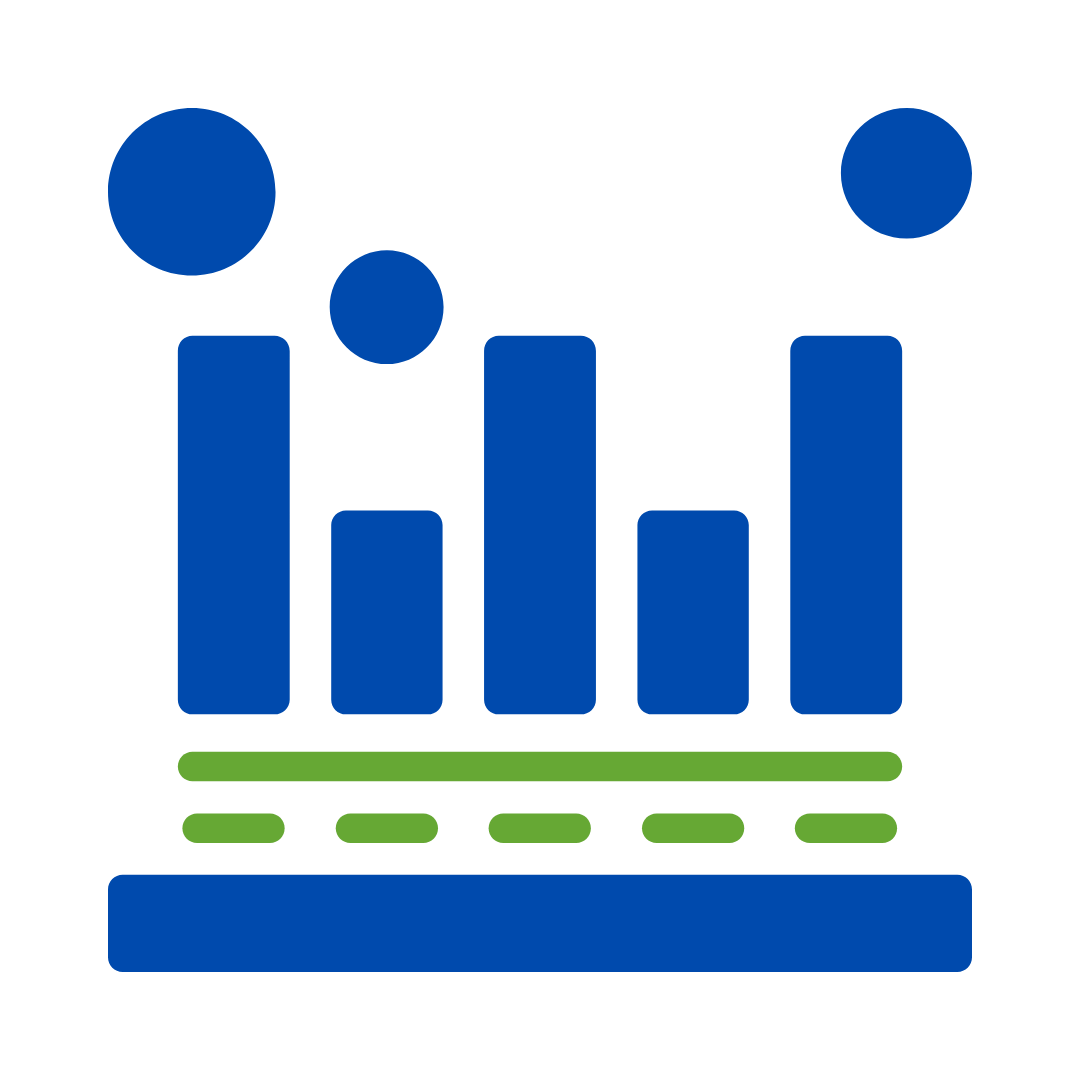
Common Attribution Models
Here are the most-used conversion tracking models and where they shine:
- First Click Attribution
- Gives full credit to the first interaction
- Great for awareness campaigns
- Example: A user saw your Meta ad first — even if they converted later, it gets 100% credit
- Last Click Attribution
- Credit goes to the last touchpoint before conversion
- Common in tools like Google Analytics
- Works well for direct-response campaigns
- Linear Attribution
- Equal credit to every touchpoint
- Ideal for longer sales cycles (like B2B or coaching institutes in Gujarat)
- Time Decay Attribution
- More credit to actions closer to conversion
- Works great for remarketing and retargeting-heavy funnels
- Data-Driven Attribution (DDA)
- Google’s AI assigns value based on historical impact
- Learns from your data
- Best suited for scaling ad performance profitably
USP: DDA is the most accurate and scalable model — and Ravi Rana’s preferred choice when optimizing high-budget campaigns.
Why Attribution Matters (Especially in Ahmedabad & Gujarat)
- Helps scale the right platforms (Google, Meta, WhatsApp)
- Optimizes ROAS by eliminating underperforming channels
- Prevents budget leakage into low-intent campaigns
- Makes cross-platform performance measurable
- Reduces dependence on vanity metrics like reach or clicks
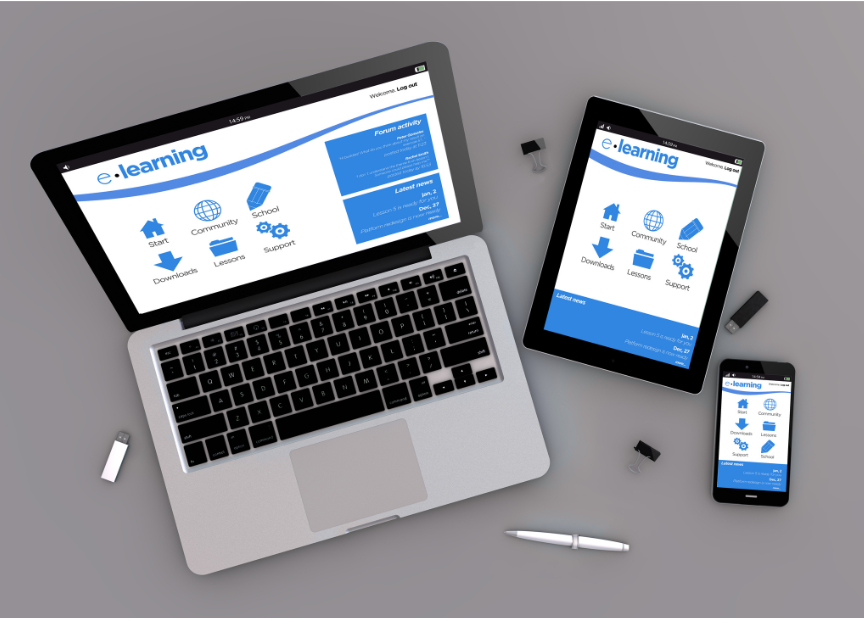
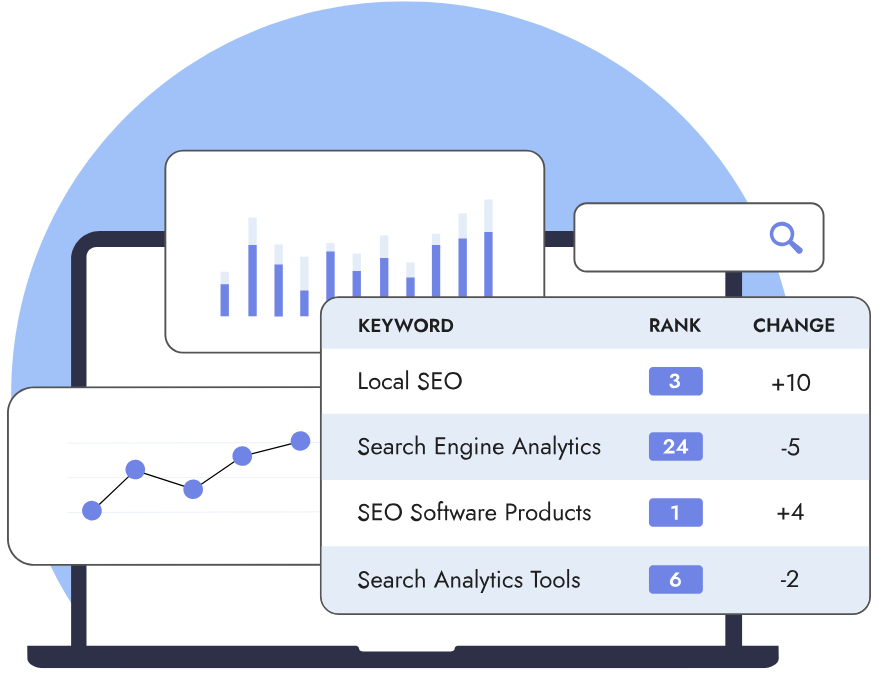
Top Tools for Attribution & Tracking
- Google Ads Attribution Reports – Shows how various keywords and campaigns contribute to sales
- Meta Ads Manager Breakdowns – Analyze actions by placement, device, and audience
- Google Analytics 4 (GA4) – Multi-touch, cross-channel tracking
- CRM Integrations – Zoho, LeadSquared, or HubSpot to connect marketing + sales journeys
Pro Tip from Ravi Rana
“Always track both click-through and view-through conversions — especially in Ahmedabad, where users often take multiple steps before purchasing.“

Ravi Rana CEO

Key Takeaways
- Attribution helps you see the real performance behind every rupee spent
- Choose attribution models that align with your sales cycle and goals
- Data-Driven Attribution (DDA) is ideal for long-term growth
- Track across Meta, Google, YouTube, and WhatsApp for complete insights
- With a proper attribution setup, brands in Gujarat can cut 30% ad waste and double-down on what works.
Want attribution clarity in your marketing campaigns?
Get a custom tracking audit and campaign setup with Ravi Rana’s team at Global Web Guru — and start scaling with confidence.
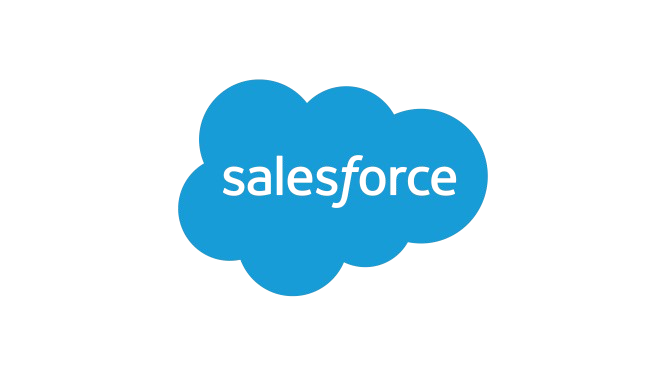


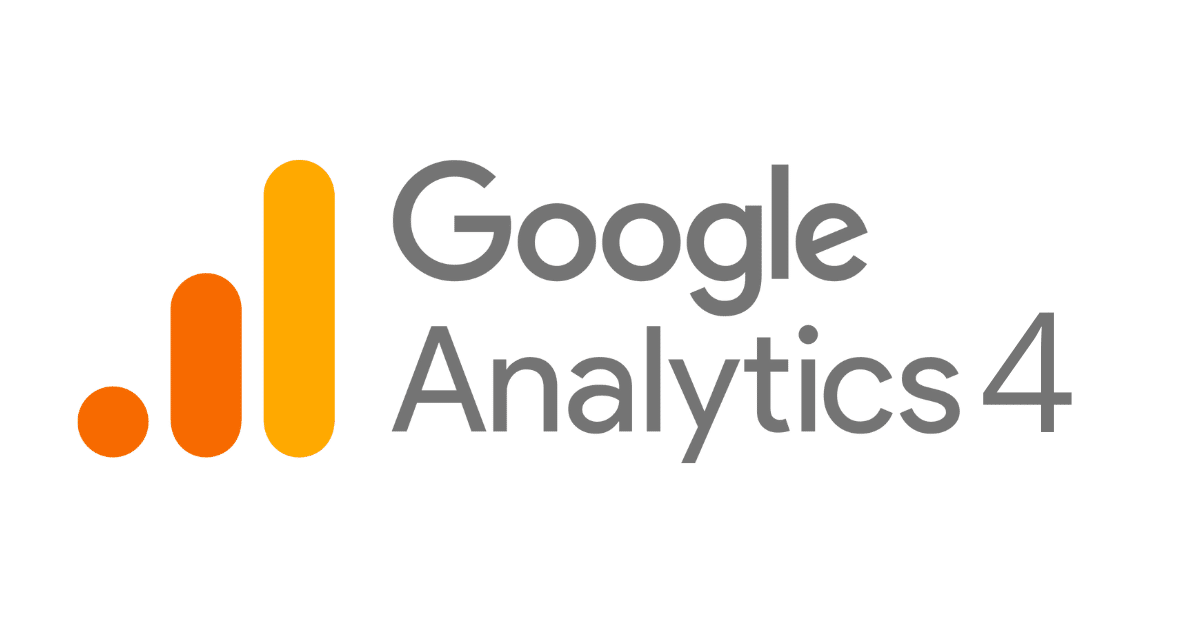
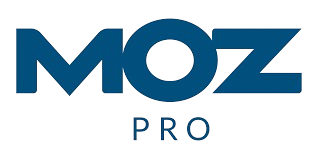
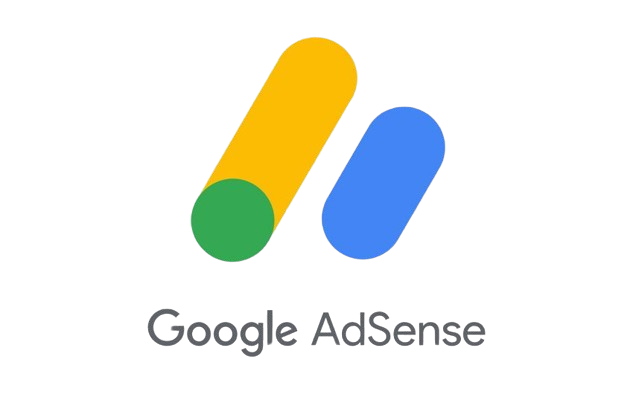
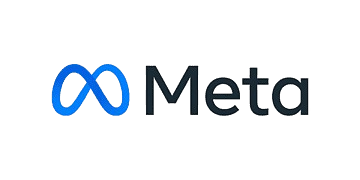

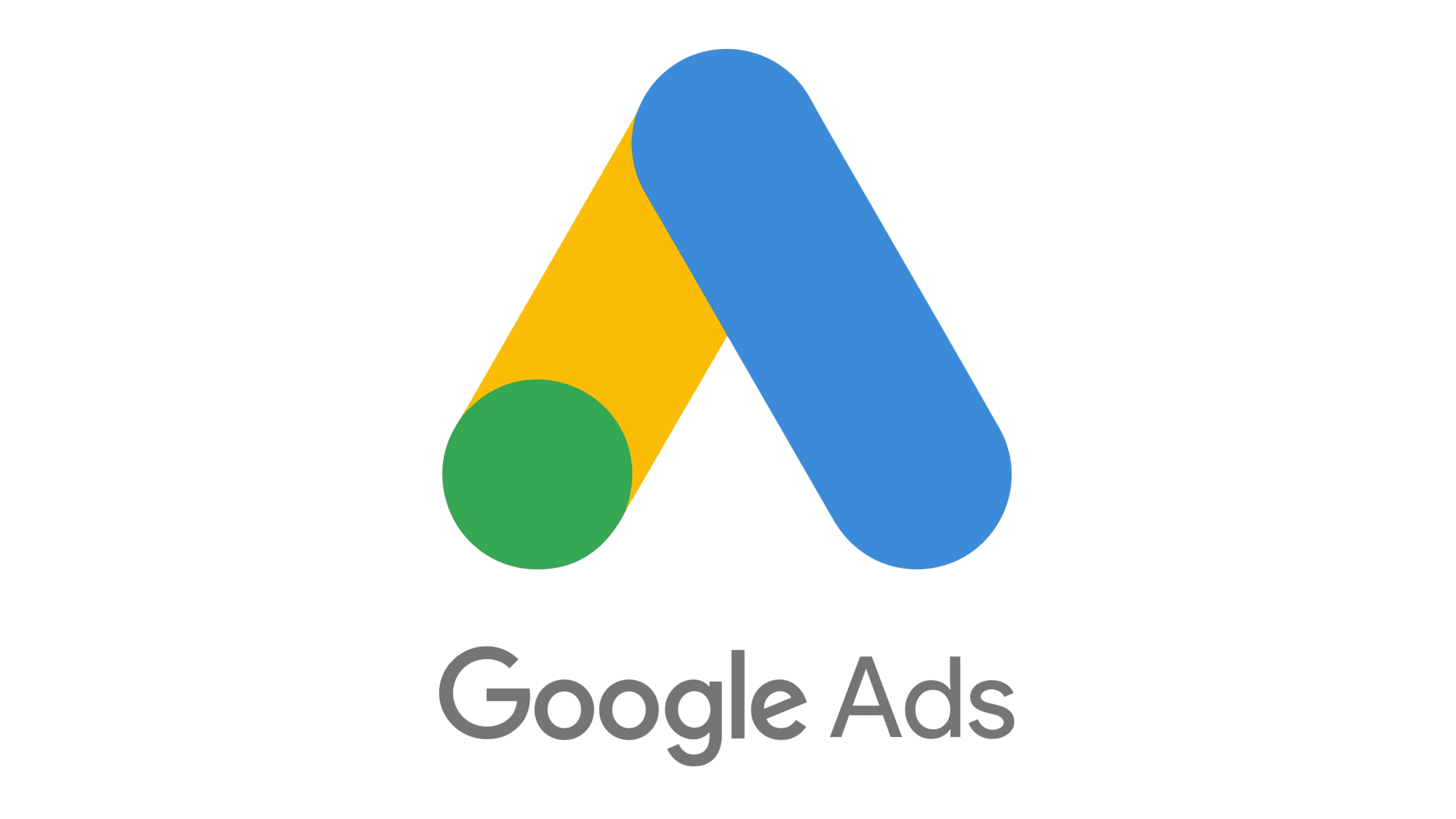
Useful Links
Digital Marketing Services
Resources
- Blog
- Testimonial
Subscribe to our newsletter
- Receive digital marketing tips & update straight to your inbox.
- Privacy Policy
- Terms and Conditions
-
© 2025 Global Web Guru. All Rights Reserved.

